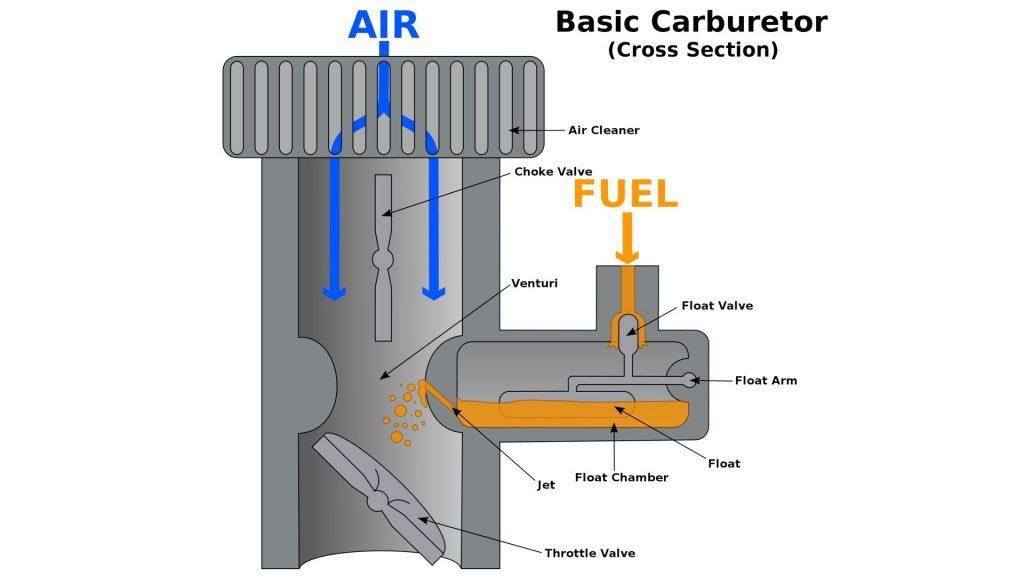The rising demand for cars that are both efficient and fuel-saving has spurred the development of eco mode in modern vehicles. Many car manufacturers are now incorporating this technology, recognizing its importance, especially for city driving conditions. However, this relatively new feature still leaves some drivers wondering, ” What Eco In Cars actually means?”
This guide aims to clarify everything about eco mode, from its initial introduction to its operational principles within your vehicle.
Understanding Eco Mode in Cars
Eco mode, short for economy mode, is one of the several driving modes available in contemporary cars. It’s designed to automatically optimize fuel economy during driving and when stationary, potentially improving fuel consumption by up to 10%. Modern vehicles, particularly electric cars, frequently include eco modes known for their effective performance.
The term “Eco Mode” itself is an abbreviation for “economical mode.” Often activated by a button typically found near the steering wheel, its primary function is to adjust various mechanical and electronic aspects of the car. The goal is to maximize the distance you can travel on a single gallon of gasoline or liter of fuel, especially during regular driving.
From a technical perspective, eco mode subtly reduces the performance of the engine and transmission system. It achieves this by lessening the throttle response to prioritize fuel efficiency. As a result, the vehicle’s acceleration becomes less sensitive, leading to reduced fuel consumption.
How Eco Mode Works: A Deeper Dive
To truly grasp what eco in cars means in practice, it’s crucial to understand its operational mechanics. Let’s explore the principles behind eco mode.
1. The Car’s Computer System and Eco Mode Activation
Engaging eco mode is usually straightforward. Drivers can activate it by pressing a dedicated “Eco” button or selecting it through the car’s infotainment screen. This simple action signals the car’s computer system to switch from a standard power setting to an economy-focused configuration. This shift is key to enhancing fuel efficiency and ultimately benefiting the driver through reduced fuel costs.
2. Technical Operations: Engine and Throttle Control
The core of eco mode’s operation lies in its interaction with the car’s engine. Essentially, it intelligently manages engine activity to minimize fuel usage. A prime example is its ability to automatically turn off the engine when the vehicle is stationary, such as at traffic lights. As soon as the driver presses the accelerator or releases the brake pedal (depending on the system), the engine restarts seamlessly.
This engine shut-off during idle periods is achieved by closing the throttle valve, preventing fuel from entering the engine’s cylinders and thus halting combustion. When the car needs to move again, the throttle valve reopens, but crucially, it does so gradually. This controlled reopening is vital in limiting fuel ignition and consumption, contrasting with standard modes where acceleration can lead to a more immediate and fuel-intensive throttle response.
To appreciate the difference, consider how a car operates in a conventional driving mode. Sudden acceleration typically leads to a significant increase in fuel consumption. However, with eco mode activated, even if the driver presses the accelerator pedal abruptly, the system restricts the throttle from opening fully. By carefully controlling the throttle opening, eco mode effectively limits the amount of fuel injected into the engine, thereby conserving fuel.
3. Additional Operational Adjustments
Beyond engine management, eco mode employs other strategies to maximize energy savings. It often prompts the transmission to shift to higher gears at lower engine speeds. This “early shifting” reduces the engine’s workload and fuel consumption.
Furthermore, eco mode typically regulates the air conditioning (AC) compressor. It may activate an automatic cut-off mode for the AC or reduce its operational intensity. By lessening the demand on the AC system, eco mode further minimizes the engine’s energy expenditure. Some eco modes may also dim the car’s interior and exterior lights slightly to contribute to overall energy conservation.
The Benefits of Eco Mode in Driving
Eco mode offers a range of advantages beyond just fuel conservation, enhancing the overall driving experience.
Modifying Throttle Response
Activating eco mode fundamentally alters how the car’s throttle responds to driver input. The system manages the airflow through the throttle valve more conservatively to save fuel. While this might slightly reduce engine responsiveness and performance, it allows for a more efficient control of the air and fuel mixture entering the engine for combustion. This refined control is central to eco mode’s fuel-saving capabilities.
Optimizing Gear Shifting
Eco mode also influences the car’s gear shifting behavior. It prompts the Engine Control Unit (ECU) to shift to higher gears sooner than in standard mode. This upshifting at lower speeds is crucial for fuel economy because downshifting forces the engine to work harder and consume more fuel. By minimizing unnecessary downshifts, eco mode helps maintain lower engine speeds and reduce fuel consumption.
Cruise Control Efficiency
For vehicles equipped with cruise control, eco mode plays a supportive role in maintaining fuel efficiency. It helps the cruise control system to sustain the driver’s set speed in a fuel-economical manner. This is achieved through smoother acceleration and deceleration adjustments, preventing abrupt changes in speed that can waste fuel.
Air Conditioning Performance Adjustment
Eco mode often fine-tunes the air conditioning system’s performance to save energy. Instead of running the AC at full capacity, eco mode might limit it to 70-80% of its maximum output. This reduction in AC power demand lessens the load on the engine, translating to fuel savings, while still providing adequate cabin cooling.
Eco Mode in Electric Vehicles: Enhancing Range and Efficiency
Eco mode is particularly relevant and beneficial in electric cars, significantly contributing to efficient operation and energy conservation.
Enhanced Operational Efficiency
Eco mode is exceptionally valuable for electric vehicles. When engaged, it typically makes the car operate more smoothly and quietly, while importantly, conserving battery power. This efficiency allows drivers to travel confidently, knowing they are maximizing their vehicle’s range and energy use.
Extending Driving Range
Drivers of electric cars can leverage eco mode, alongside features like regenerative braking and energy-efficient tires, to significantly extend their vehicle’s driving range. Regenerative braking, for example, captures kinetic energy during deceleration and braking, converting it back into electricity to recharge the battery. Optimized use of regenerative braking, often facilitated by eco mode, can increase an electric car’s range by a notable margin, sometimes up to 20%.
Understanding what eco in cars entails, and when to use eco mode, empowers drivers to utilize this feature effectively. Should you suspect any issues with your eco mode system, it’s always advisable to seek expert advice for repair and maintenance to ensure your vehicle continues to operate efficiently.

